1.0 Blueprint The innovation design was formed after several meetings with the team members. A detailed plan for the innovation was considered after obtaining feedback from patients, radiographers, and radiologist interviews. 2.0 Prototype Design The team members analysed the design prototype of the foot positioning device following the four dimensions of prototyping techniques as below. 2.1 Representation Initially, the team members sketched the design of the foot positioning device on paper as part of constructing the prototype. A series of quick sketches provided general and informative design ideas for the project by considering the objective and target group. The team members adopted the rehal (book rest) design to form the foot positioning device. 2.2 Precision In this product design stage, the team members had a few brainstorming sessions to discuss relevant details, such as the prototype design, materials used and the place or person that can create the device. Subsequently, the team members collaborated with a carpenter to accomplish the ideas and product design. The first product innovation was made from acrylic plastic, aiming to make the product lighter to ease lifting by the users. The outcome saw a design which was thin, lightweight, and radiolucent. After a few trials with polytrauma patients, unfortunately, this prototype broke, and it was found that the acrylic plastic could also be easily scratched. 2.3 Interactivity The prototype foot positioning device was designed for radiographers' use in polytrauma patients to produce the optimum image quality and assist radiologists in diagnosing the foot X-Ray. After radiographers used the prototype, valuable feedback and ideas were obtained to improve the product further. Discussions with the carpenter further improved the product design. Subsequently, the team members changed the material from acrylic plastic to wood to ensure robustness. 2.4 Evolution The team members continuously improved the design prototype throughout the project while maintaining the project's main objectives. The product's final design was a flexible device with a hand holder for use during foot X-Ray, and the product was called "Flexi Foot". 3.0 Product Design: Flexi Foot 1 3.1 Design Characteristics Flexi Foot 1 is smaller, highly durable and stable, and safer for both user and patient than the prototype. Furthermore, it is suitable for Computed Radiography (CR) cassettes (35 x 35 cm) or (35 x 43 cm) and Digital Radiography (DR) detectors. In addition, the new design has a handheld feature and is easily lifted and transported. 3.2 Technical Specification The technical specification of the Flexi Foot 1 Positioning Device is illustrated and detailed in the supporting document. 4.0 Product Design: Flexi Foot 2 Further changes to the Flexi Foot 1 were made. The new version, Flexi Foot 2 Positioning Device, is weighted 3.3 kg, less than 1.7 kg than the previous Flexi Foot 1. The new version is ergonomic for the users. It has a clip opener that assists the Radiographer in indicating which side to open during the positioning of the patient and also to prevent premature opening while lifting as part of the safety feature.
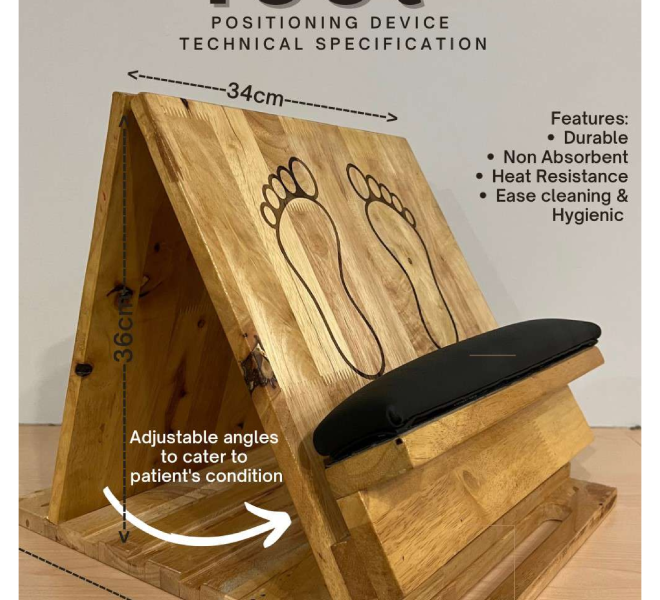
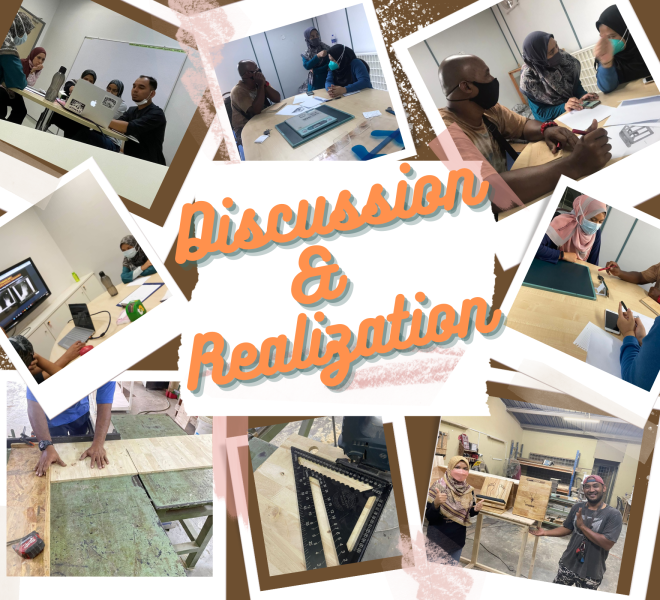
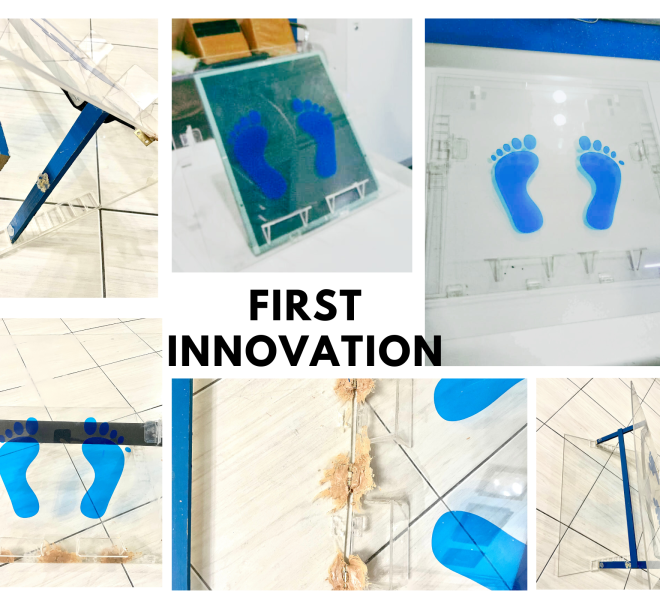
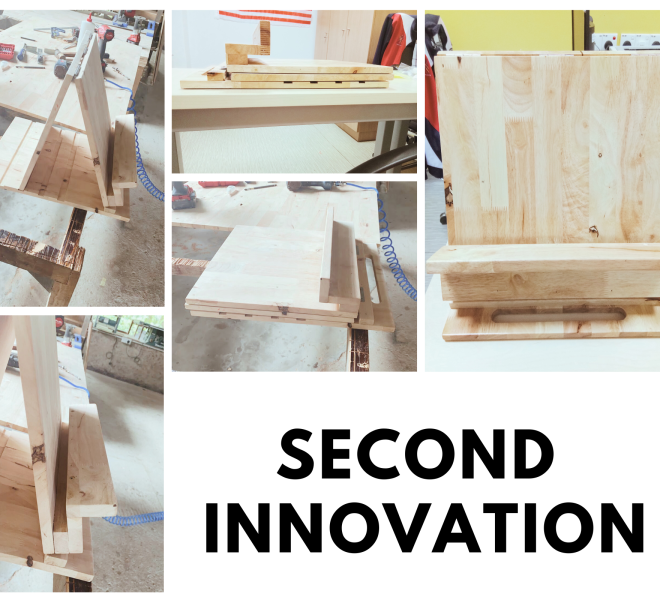
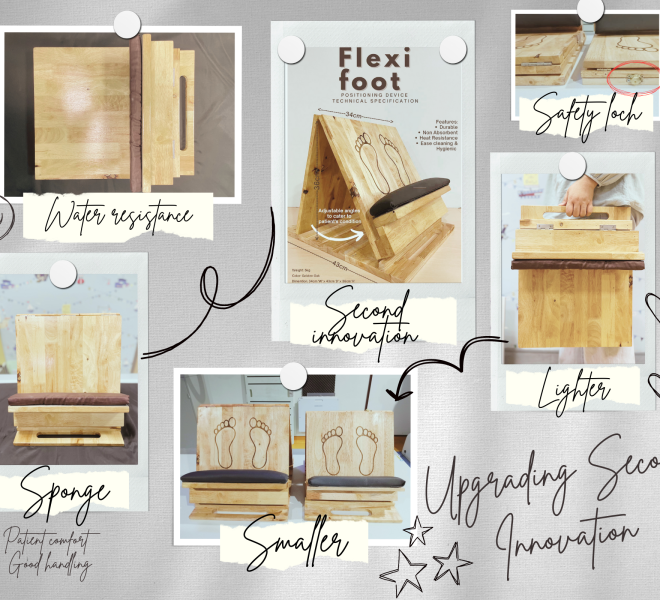
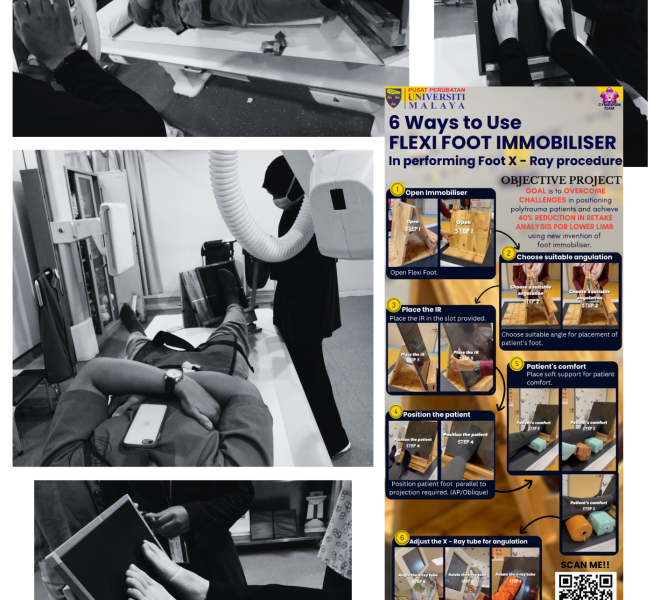
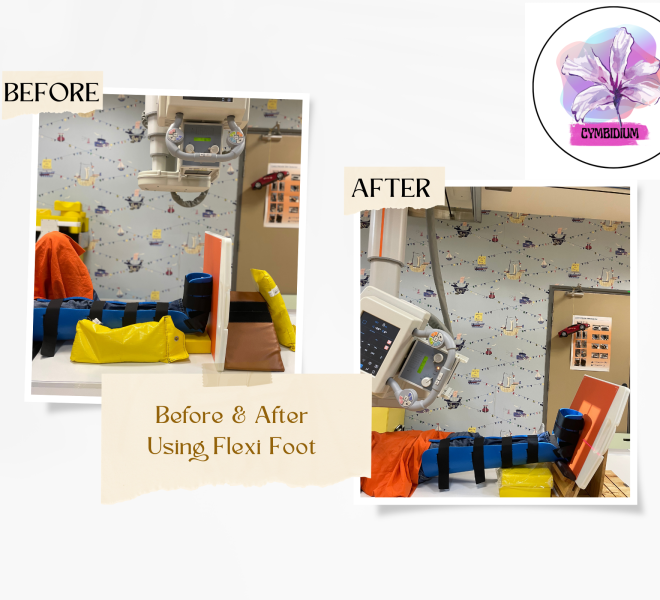
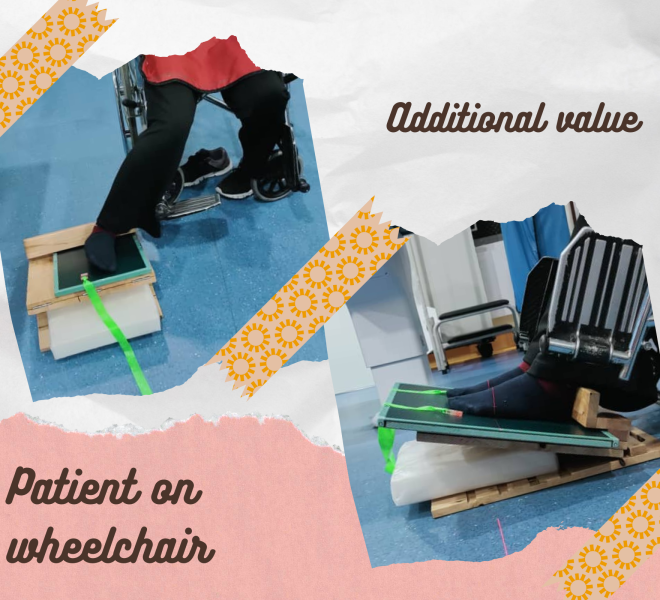
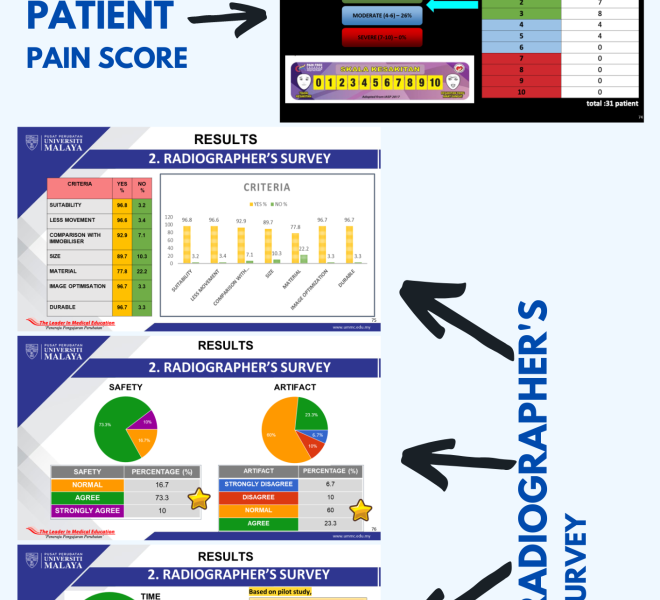
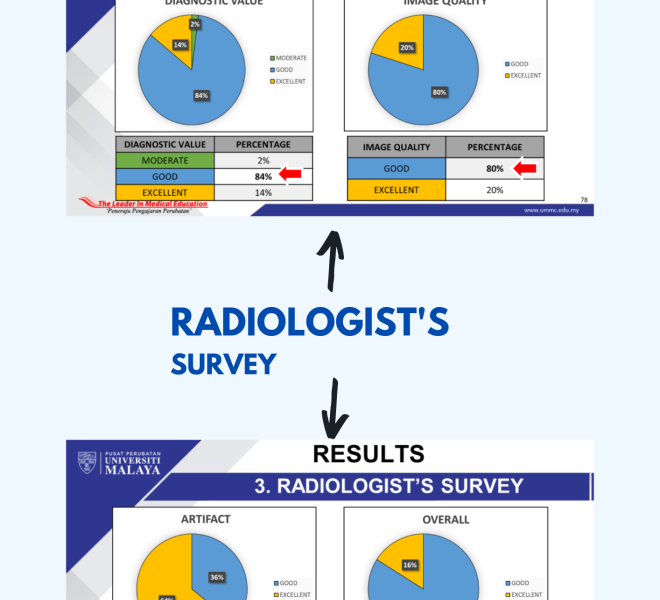
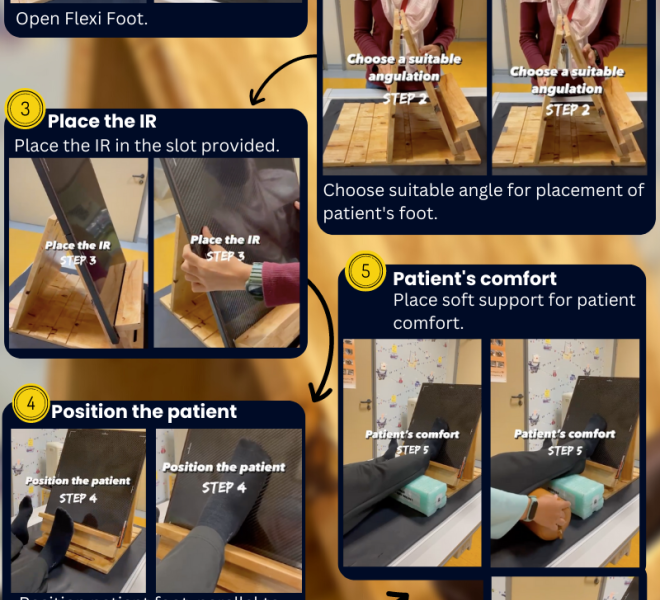
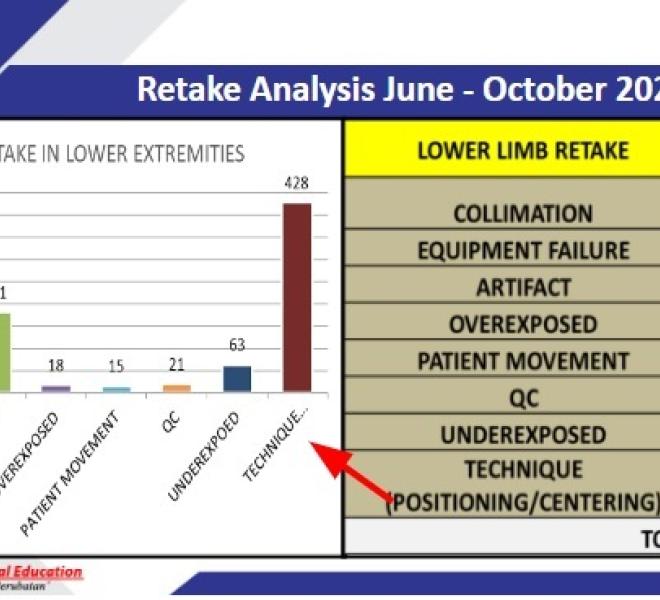
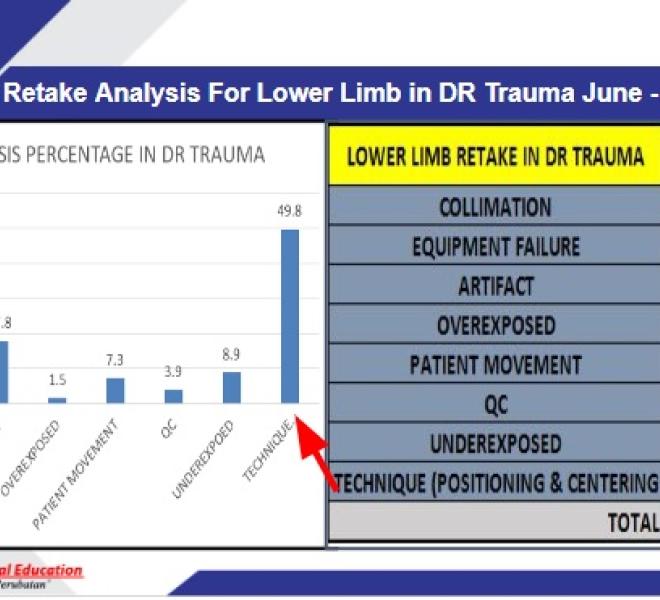
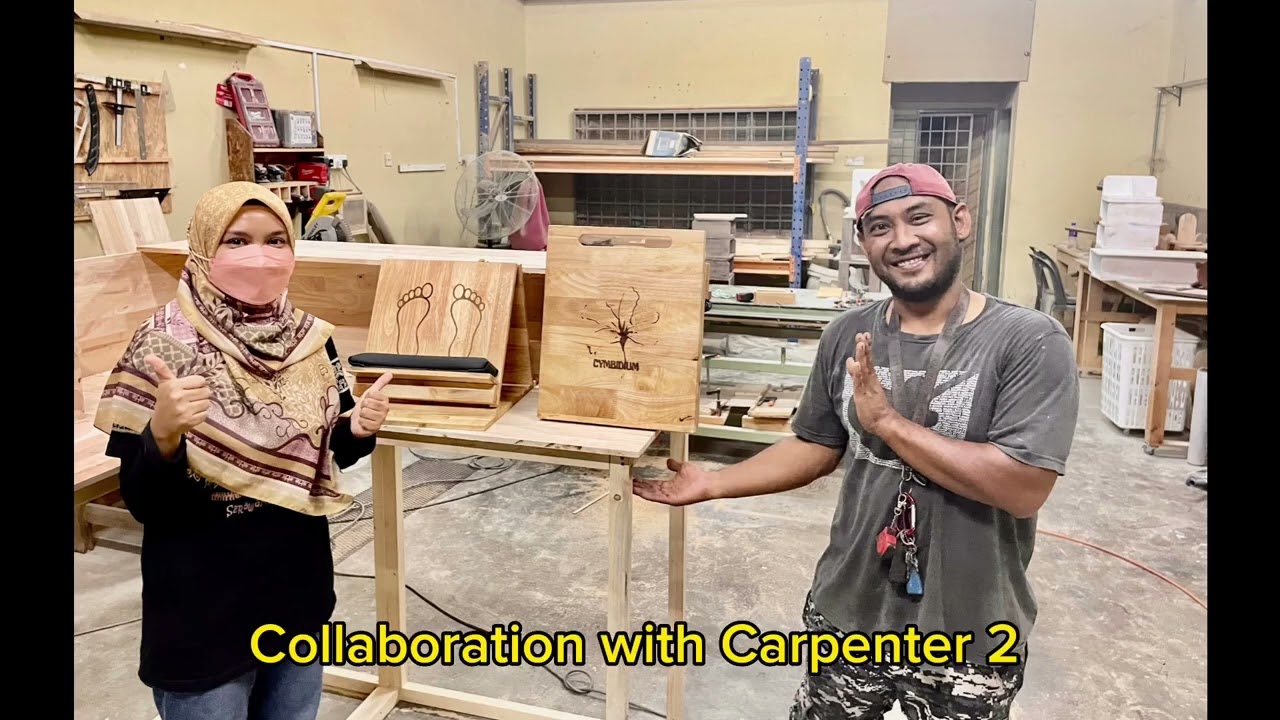

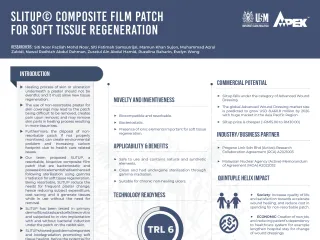

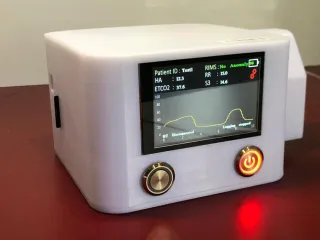
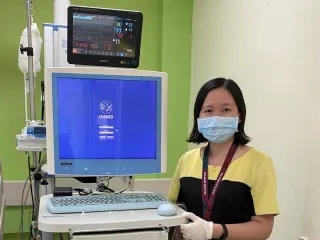
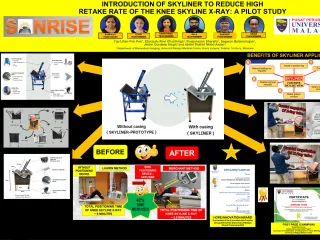

Komen